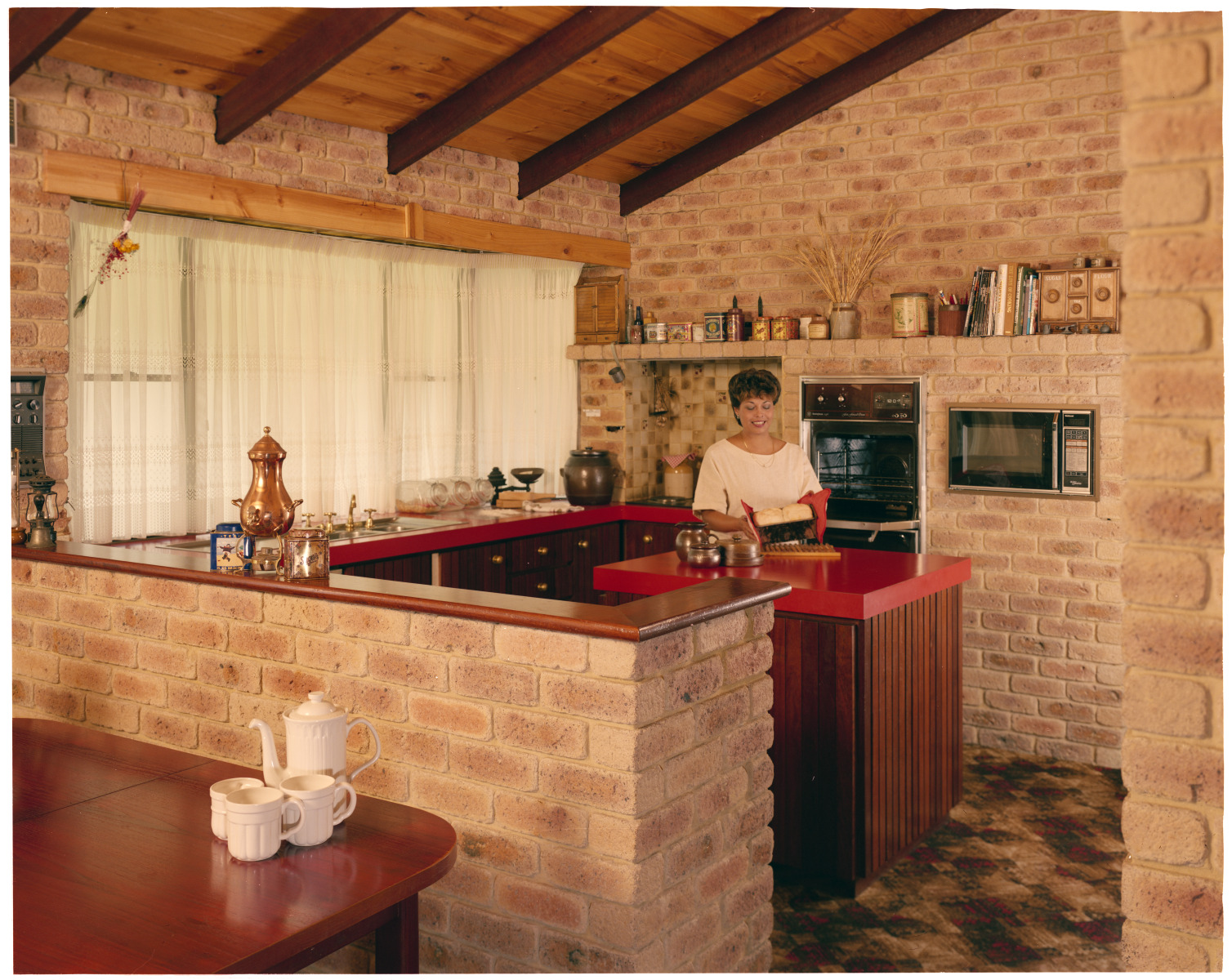At most Perth construction sites, you’ll see stacks of bricks waiting to be transformed into a house.
Made of clay, bricks have been used to build WA homes since early settlement.
But there’s a particular type of brick house that’s become synonymous with Perth.
A SOLID FOUNDATION
Double-brick homes have become a staple in the Perth housing market, largely because they’re designed to withstand WA’s climate.
More than 70% of soils in South West WA are classified as ‘sandy’. And according to the Master Builders’ Association of WA, due to their stability, sandy soils are the perfect foundation for brick homes.
Double-brick homes are also durable. This makes them suitable for withstanding the wild winds that batter WA’s coastline – considered to be some of the world’s strongest sea breezes.
Most importantly, double-brick homes are fireproof. More than 90% of WA is prone to experiencing bushfires, so building a home with a non-combustible material just makes sense.
BRICKS AND MORE-TA
As the name suggests, double-brick homes have two layers of brick walls, with a gap of up to 5 centimetres between each layer.
According to Dr Lyrian Daniel, Associate Professor in Architecture at the University of South Australia, this feature provides thermal mass.
“On a really warm day, the thermal mass of the double-brick walls absorbs heat from within the room,” says Lyrian.
“Assuming that the temperature goes down below the temperature of the walls at night, it will then release that heat back into the room.”
“It can mean that the internal temperature of a room, particularly on warmer days, will remain quite cool.”
This heating and cooling process can work well in locations with fluctuating day and night temperatures like Perth.
According to the Bureau of Meteorology, between 1994 and 2023, the average temperatures across the Perth Metro area in January ranged from a maximum of 31.4°C and a minimum of 18.1°C.
HEATING UP
However, when WA is in the grips of a scorching heatwave, double-brick may not be such a solid choice of home design.
If there’s no ventilation and no drop in temperature overnight, a double-brick house won’t get the chance to cool down for days.

GIPHY
Lyrian says this is where thermal mass of double-brick can actually be a liability.
“It will just get hotter and hotter and hotter,” she says.
“That’s the flipside of double-brick as a material.”
If Western Australia continues to experience more heatwaves, occupants of double-brick homes might need to do more than turn on the air conditioner.
“You could still look at double-brick, but think about making sure there’s actually insulation in the cavities between the double-brick,” Lyrian says.
“That might help mitigate some of the heat storage.”
DOUBLE DOWN ON DESIGN
As the climate changes, Lyrian believes it’s inevitable that home designs will change too.
“[Australians] need to look at how we’re designing houses rather than just what materials are being used to build them,” she says.
According to Lyrian, simple design changes can make a big difference for comfort.
This includes facing living areas to the north to get the winter sun and inserting windows in specific locations for ventilation.
“There’s huge gains to be made in just taking a minute and thinking about those basic design principles.”









